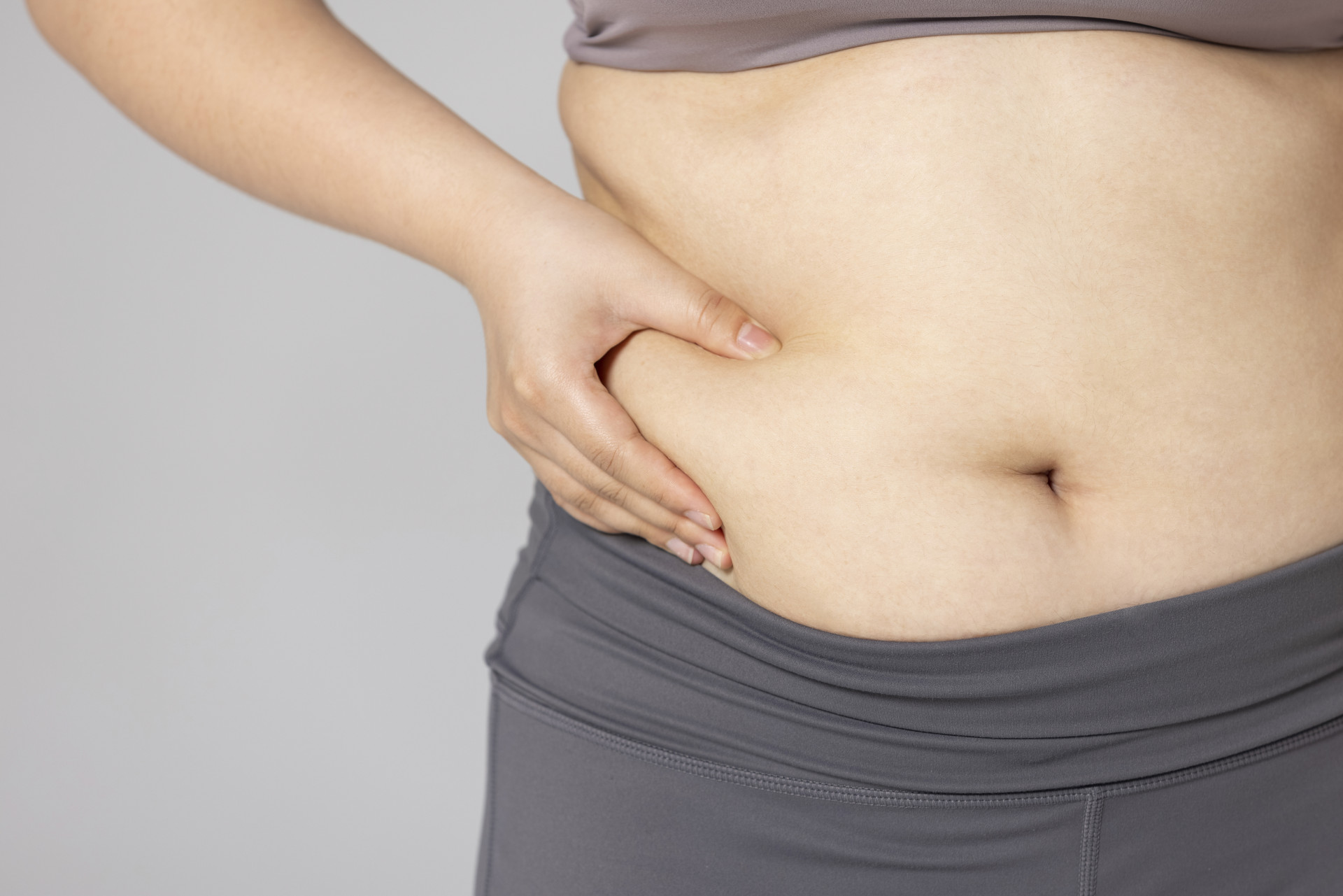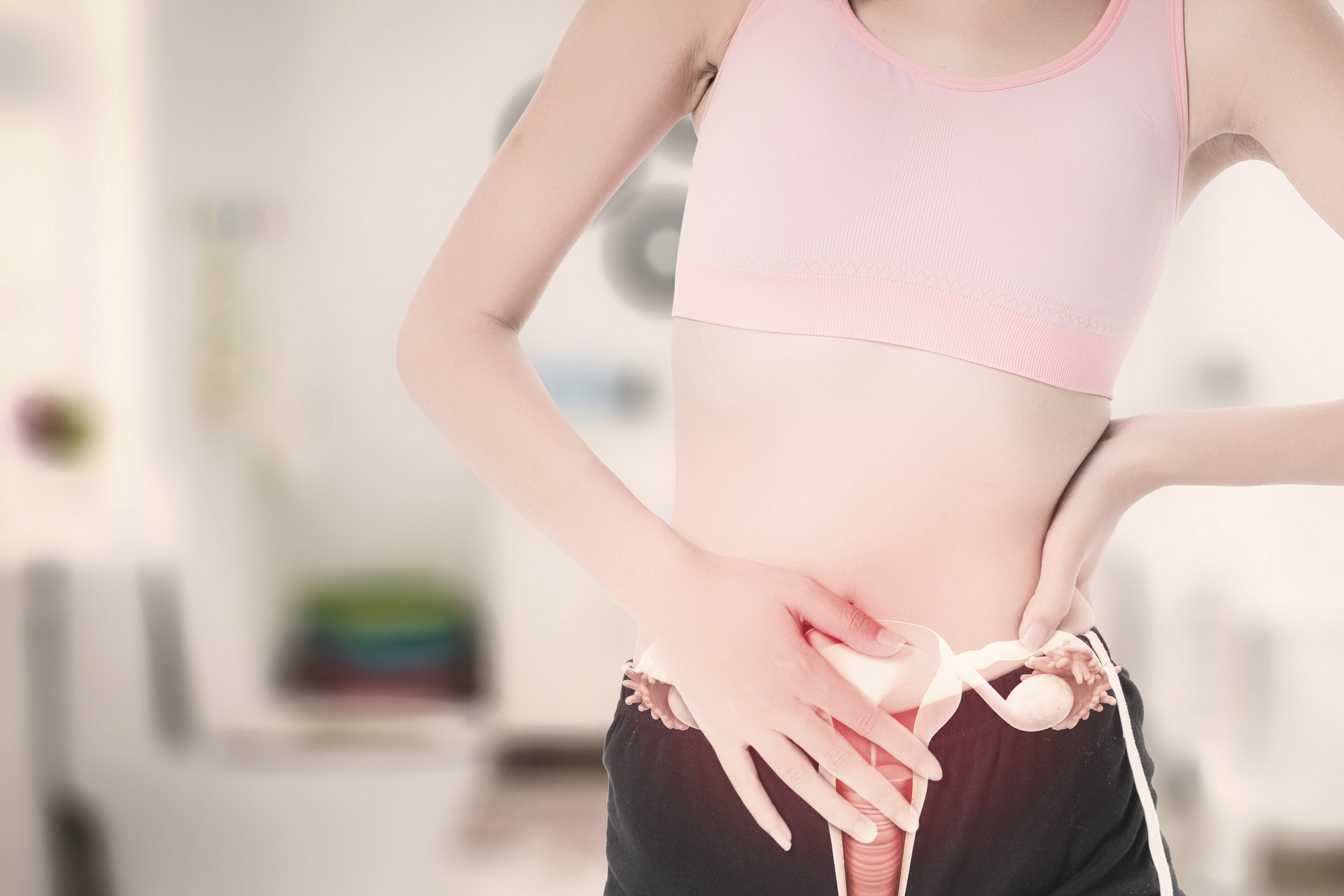Even if labor has started, you don't need to lie in bed and endure the pain or wander aimlessly in the hallway. There are 6 movements that can help alleviate pain and speed up labor. It's worth learning them in advance to make your delivery easier.
Under normal circumstances, obstetric experts recommend that expectant mothers stay active and avoid lying in bed silently enduring labor pains. Maintaining an upright position can strengthen gravity and pelvic movements, allowing ample blood flow to the placenta and providing more oxygen to the baby preparing for the "battle," thus reducing the risk of fetal asphyxia during labor. All of these contribute to a smoother delivery.
In addition to staying active, here are 6 movements that can also promote labor and effectively distract your attention. You will find that doing these movements can alleviate the pain. Come and try them with us!
1. Leg Press
How to do it: Place one foot on a stable chair, bed, or staircase and lean forward, assuming a leg press position. Rock your hips when contractions occur.
Why do it: When one leg is raised, the pelvis opens accordingly, creating more space for the baby to descend.
2. Deep Squat
How to do it: Stand with your feet apart, use your hands to support yourself on the bed or chair, then bend your knees and squat down, either partially or completely.
Why do it: Squatting during contractions can help shift the pressure and effectively reduce pain. However, this movement puts pressure on your legs, so it is best to start practicing squats a few weeks or months before the due date. Experts specifically advise not to attempt forcefully pushing the baby out while squatting, as the cervix is not fully dilated at this time. Blindly exerting force will not only cause pain but also consume a lot of energy, affecting the progress of labor.
3. Leaning Forward
How to do it: Place a pillow on a table or hospital bed (if it can be adjusted, set it to the highest height), lean forward, and lean against the pillow. Rock your hips when contractions come.
Why do it: Being in a standing position allows gravity to play a role in accelerating labor. Moreover, leaning against a soft object during unbearable contractions feels very comfortable and makes it easier to relax.
4. Lying on the Left Side
How to do it: During the intervals between contractions, when you want to rest, lie on your left side on the bed, with a pillow between your legs.
Why do it: Whether lying flat or on the right side, your body weight may compress the major arteries, causing poor blood circulation and affecting the baby's oxygen supply. Therefore, the best resting position is lying on the left side.
5. Cat-Cow Stretch
How to do it: Kneel on the floor or bed, with your hands and knees on the ground, arch your back upward and then flatten it, then arch upward again, alternating between the two positions. Rock your hips during contractions.
Why do it: When the mother is in this position, the pressure on the baby is minimal, and there is no pressure on the arteries and umbilical cord. It feels much better than lying in bed all the time.
6. Leaning Forward on the Bed
How to do it: Raise the back half of the hospital bed to an upright position, then kneel on the bed, facing the upright bed surface, and slowly lean forward, leaning against the raised head of the bed. If the bed cannot be adjusted, you can have your partner sit on the bed to serve as the raised head, which will be the most comfortable "headboard."
Why do it: When the doctor requires you to stay in bed and not move around freely, or when you are wearing a fetal heart monitor and cannot get out of bed, this position becomes the most suitable movement for you.











